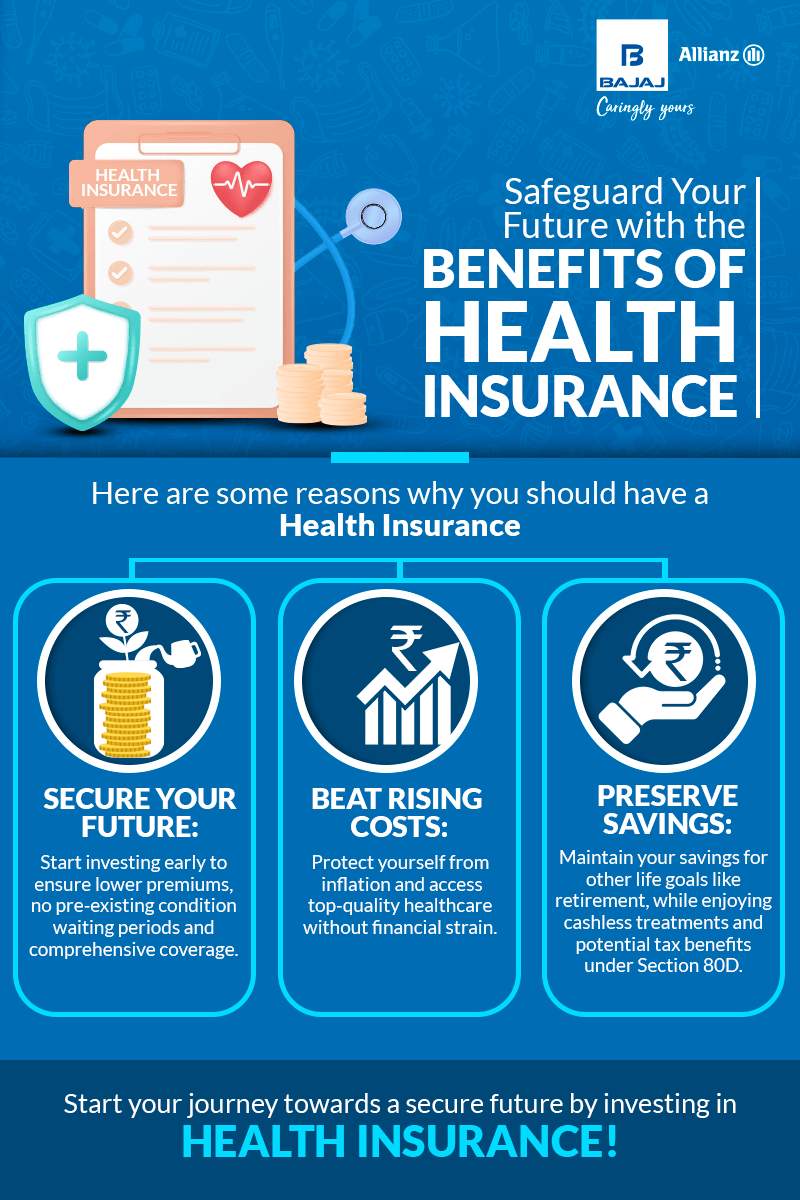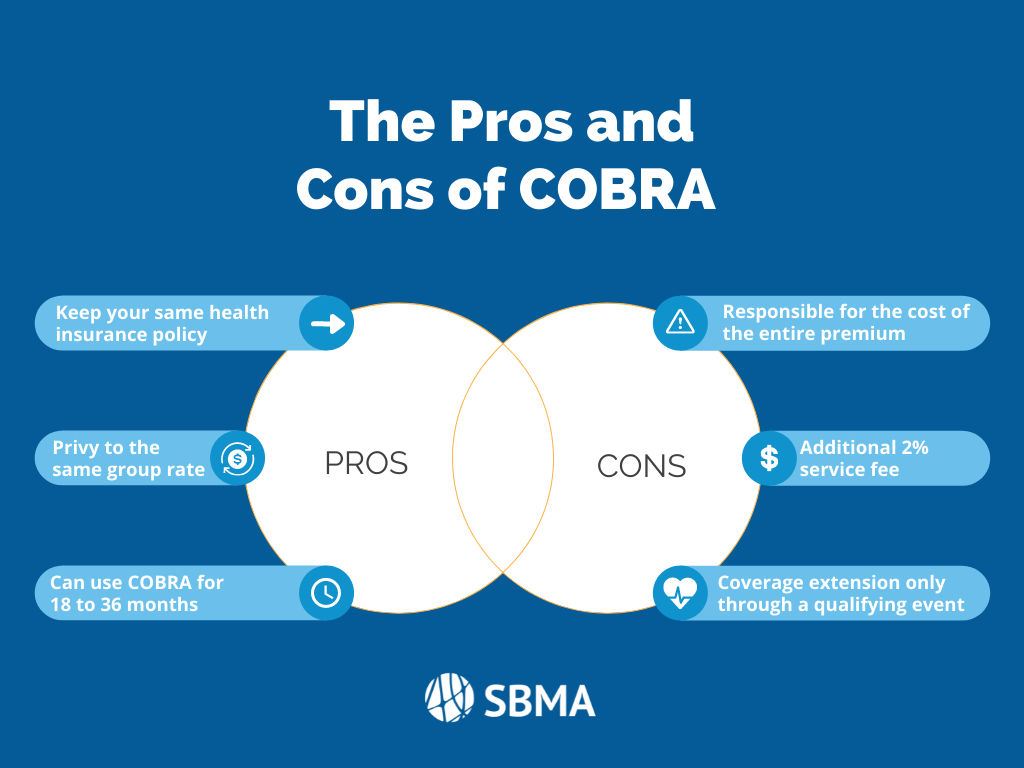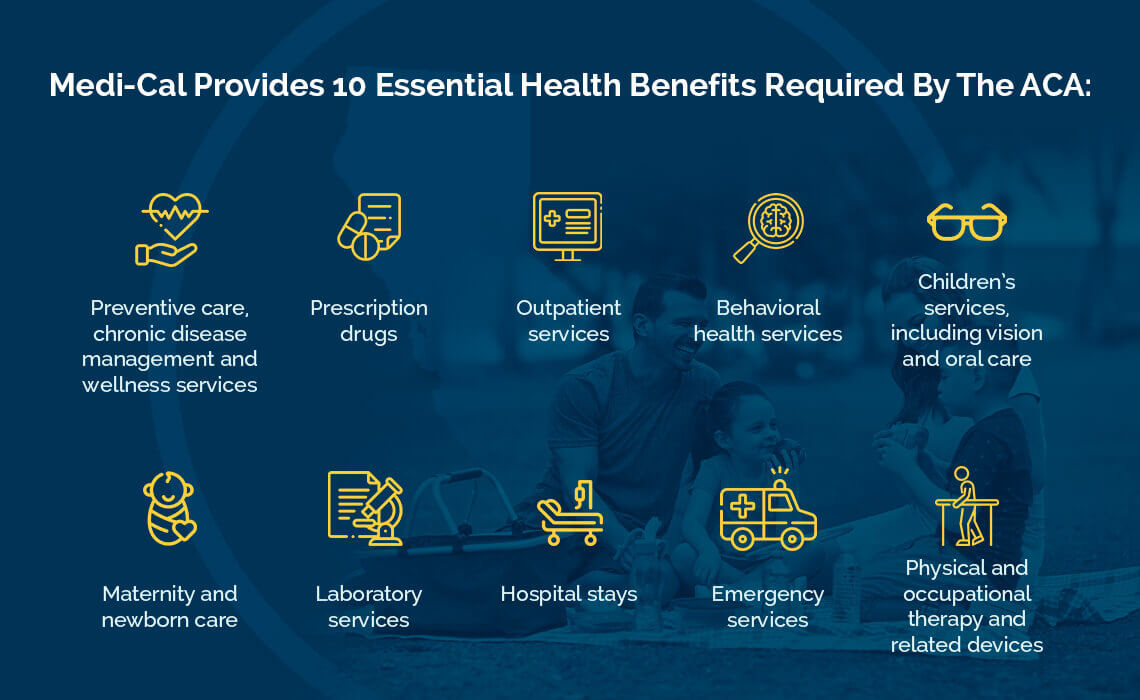Fascination About Medicare Advantage Agent
Fascination About Medicare Advantage Agent
Blog Article
Getting My Medicare Advantage Agent To Work
Table of ContentsUnknown Facts About Medicare Advantage AgentThe smart Trick of Medicare Advantage Agent That Nobody is Talking AboutGetting The Medicare Advantage Agent To Work

follows from puzzling the fairly young age profile of the uninsured with the better wellness, generally, of younger persons. This obscures the link in between wellness standing and health and wellness insurance coverage. For those without accessibility to work environment medical insurance, inadequate health and wellness is a prospective barrier to purchasing nongroup insurance coverage due to the fact that such protection may be very valued, omit preexisting problems, or be merely not available. The number of without insurance Americans is not particularly large and has not changed in the last few years. Seven out of ten participants in a nationally representative survey believed that fewer Americans lacked medical insurance than actually do(Fronstin, 1998). Approximately half(47 percent )thought that the number of individuals without health and wellness insurance policy reduced or remained consistent over the latter fifty percent of the last years(Blendon et al., 1999). This decrease of almost 2 million in the variety of people 'without insurance policy (a decrease
of around 4 percent)is certainly a favorable change. With a softer economic situation in 2000 the most up to date reported gains in insurance policy coverage may not proceed(Fronstin, 2001 ). The decline in the number of without insurance will not proceed if the economic climate continues to be slow and health and wellness treatment costs proceed to outmatch inflation. This is since the data were collected for a duration of strong financial efficiency. Of the approximated 42 million individuals that were uninsured, almost concerning 420,000(concerning 1 percent)were under 65 years of age, the age at which most Americans come to be qualified for Medicare; 32 million were adults in between ages 18 and 65, about 19 percent of all adults in this age; and 10 million were children under 18 years of age, regarding 13.9 percent of all kids (Mills, 2000). These price quotes of the number of persons uninsured are produced from the annual March Supplement to the Current Populace Study (CPS), conducted by the Census Bureau. Unless otherwise kept in mind, nationwide quotes of people without medical insurance and proportions of the populace with various kinds of protection are based on the CPS, the most widely used source of quotes of insurance coverage and uninsurance prices. These surveys and the quotes they generate are explained briefly in Table B. 1 in Appendix B - Medicare Advantage Agent. These studies differ in dimension and sampling methods, the concerns that are asked regarding insurance policy
Get This Report on Medicare Advantage Agent
insurance coverage, and the time period over which insurance protection or uninsurance is measured(Lewis et al., 1998, Fronstin, 2000a ). Still, the CPS is especially useful because it produces yearly quotes fairly promptly, reporting the previous year's insurance policy coverage approximates each September, and since it is the basis for a regular collection of estimates for even more than 20 years, permitting for analysis of trends in insurance coverage with time.

The Basic Principles Of Medicare Advantage Agent
Over a three-year period starting early in 1993, 72 million people, 29 percent of the united state population, lacked insurance coverage for a minimum of one month. Within a single year(1994), 53 million individuals experienced at the very least a month without insurance coverage(Bennefield, 1998a). Six out of every ten without insurance grownups are themselves utilized. Functioning does enhance the possibility that one and one's family members will certainly have insurance, it is not a guarantee. Also members of family members with two full-time breadwinner have practically a one-in-ten chance of being without insurance (9.1 percent without insurance rate)(Hoffman and Pohl, 2000 ). The partnership between medical insurance and access to care is well developed, as recorded later in this phase. Although the partnership between health insurance coverage and health and wellness end results is neither direct nor simple, an extensive medical and health solutions research literary works web links medical insurance protection
to improved accessibility to care, better top quality, and enhanced personal and population wellness standing. As an example, the 2nd report, on individual wellness results for uninsured adults, is represented by the innermost circle of the figure, while the third record, on household wellness, incorporates the subjects of the 2nd report but stresses a various device of evaluation, particularly, the household. The 6th record in the collection will certainly present info concerning approaches and campaigns embarked on in your area, statewide, or across the country to attend to the absence of insurance policy and its unfavorable impacts. Degrees of analysis for checking out the effects of uninsurance. This discussion of health and wellness insurance protection focuses primarily on the U.S. populace under age 65 due to the fact that essentially all Americans 65 and older have Medicare or various other public protection.
Moreover, it concentrates particularly on those with no medical insurance for any length of time. The issues faced by the underinsured are in some respects similar to those dealt with by the without insurance, although they are normally much less extreme. Uninsurance and underinsurance, nonetheless, include clearly different policy concerns, and the strategies for addressing them might vary. Throughout this research study and you could try here the five reports to adhere to, the main emphasis is on persons with no health insurance and hence no help in paying for health and wellness care past what is offered through charity and safeguard organizations. Wellness insurance coverage is an effective factor influencing invoice of care due to the fact that both people and medical professionals react to the out-of-pocket rate of solutions. Wellness insurance, nevertheless, is neither necessary neither enough to get to clinical services. Nevertheless, the independent and direct impact of health and wellness
insurance policy coverage on accessibility to wellness solutions is well established. Others will certainly obtain the healthcare they need also without medical insurance, by paying for it expense or seeking it from service providers who supply treatment totally free or at extremely subsidized prices. For still others, medical insurance alone does not guarantee invoice of treatment as a result of other nonfinancial obstacles, such as an absence of healthcare providers in their neighborhood, limited accessibility to transportation, illiteracy, or linguistic and social differences. Official more information study concerning uninsured populations in the United States dates to the late 1920s and very early 1930s when the Committee on the Expense of Treatment produced a series of records concerning financing doctor workplace brows through and hospital stays. This problem became prominent as the varieties of medically indigent climbed throughout the Great Depression. Empirical research studies continually support the link between access to care and improved health results(Bindman et al., 1995; Starfield, 1995 ). Having a normal resource of care can be thought about a forecaster of access, as opposed to a direct measure of it, when health results are themselves utilized as gain access to indicators. This extension of the idea of access dimension was made by the IOM Board on Keeping Track Of Gain Access To to Personal Healthcare Provider(Millman, 1993, p. Whether or not moms and dads are insured appears to influence whether their kids receive treatment as well as just how much careeven if the kids themselves have insurance coverage(Hanson, 1998). The health of parents can impact their capacity to care for their kids and the degree of household stress and anxiety. Bothering with their youngsters's accessibility to care is itself a source of stress for parents. Three chapters follow in this record. Chapter 2 offers an overview of just how employment-based medical insurance, public programs and private insurance plan run and interact to offer substantial yet insufficient coverage of the united state population. This consists of an evaluation of historical patterns and public laws influencing both public and private insurance policy, a conversation of the communications among the different sorts of insurance coverage, and an evaluation of why people move from one program to an additional or end up

Report this page